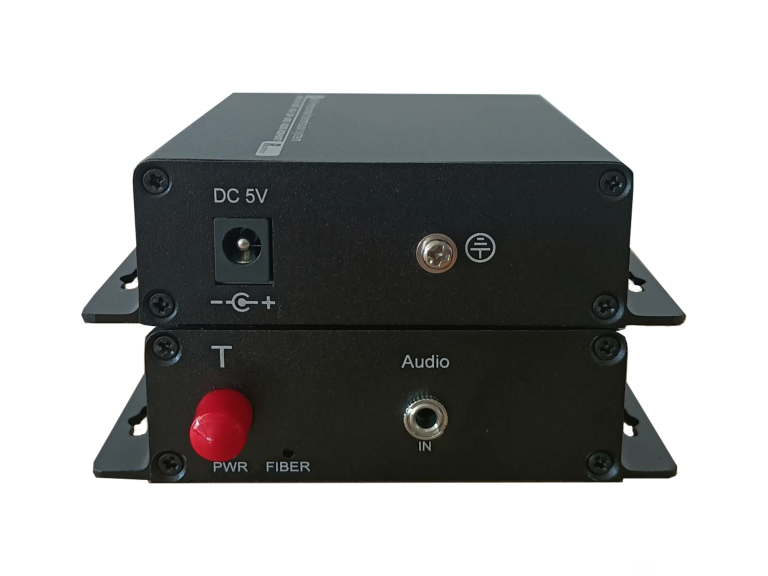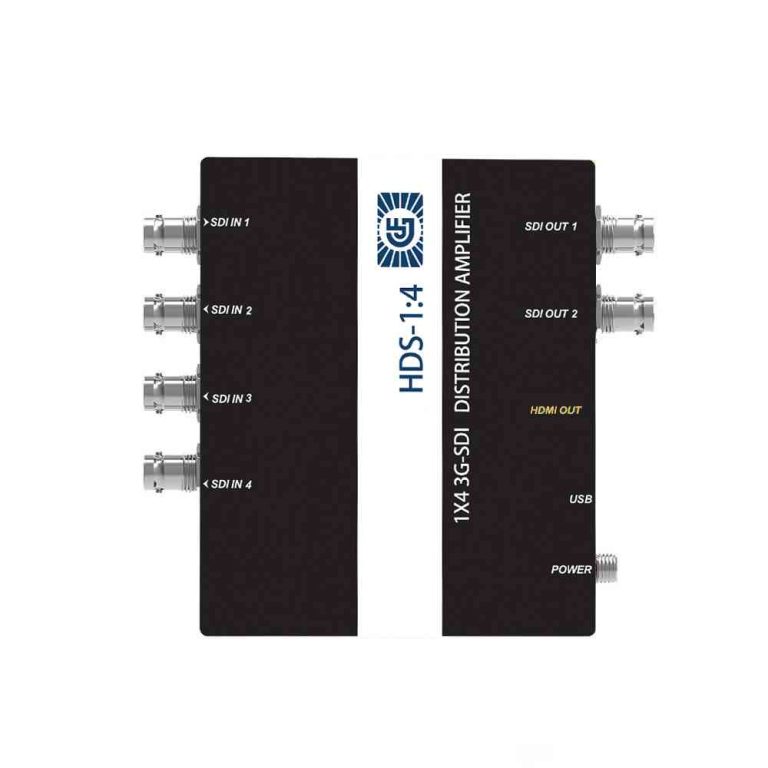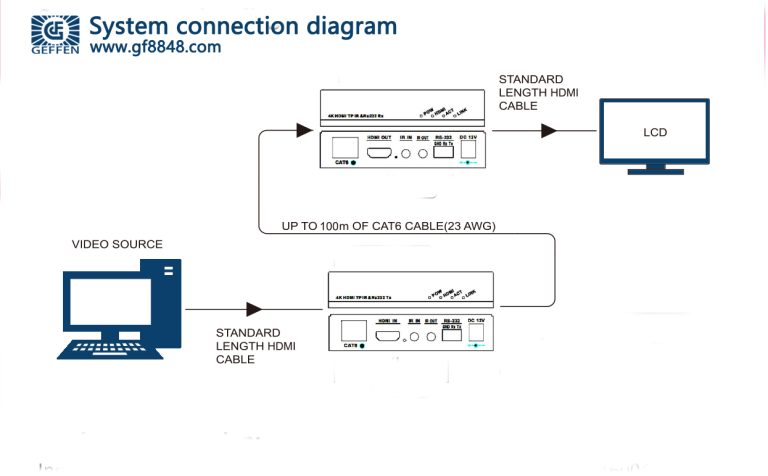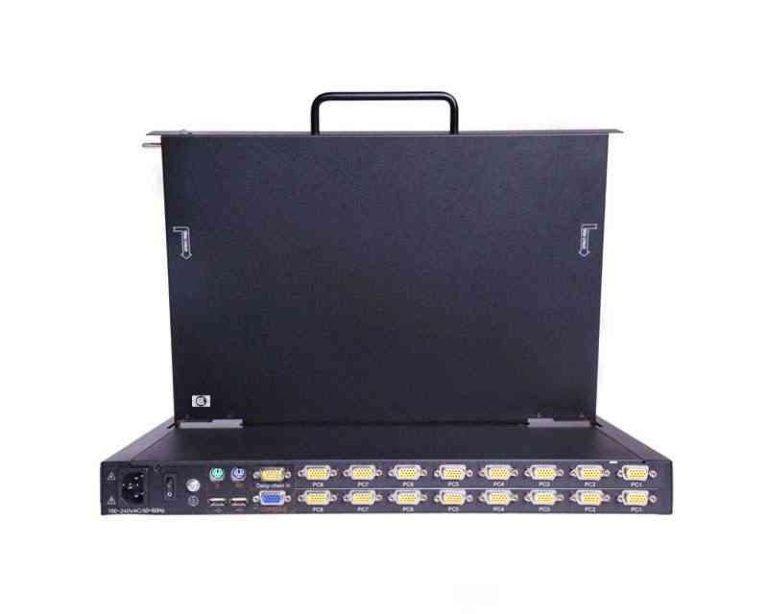Table of Contents
Benefits of Implementing a Paperless System in Improving Efficiency and Productivity
In today’s fast-paced business environment, organizations are constantly seeking ways to improve efficiency and productivity. One effective way to achieve this is by implementing a paperless system. A paperless system, also known as a digital or electronic system, involves the use of technology to manage and store information without the need for physical paper documents. This article will explore the benefits of implementing a paperless system in improving efficiency and productivity.
One of the key benefits of a paperless system is the reduction of manual tasks. With a paperless system, employees can easily access and share information electronically, eliminating the need to manually handle and file paper documents. This not only saves time but also reduces the risk of errors that can occur during manual data entry. By automating routine tasks such as document storage and retrieval, employees can focus on more strategic and value-added activities, leading to increased productivity.
Furthermore, a paperless system can improve collaboration and communication within an organization. With digital documents stored in a centralized location, employees can easily access and share information with colleagues, regardless of their location. This promotes real-time collaboration and decision-making, leading to faster and more efficient workflows. Additionally, electronic documents can be easily tracked and monitored, allowing for better accountability and transparency within the organization.
| 序号 | 产品名称 |
| 1 | 高清矩阵 |
Another benefit of a paperless system is the reduction of physical storage space. Traditional paper-based systems require large amounts of physical storage space to store documents, which can be costly and inefficient. By transitioning to a paperless system, organizations can significantly reduce their reliance on physical storage space, leading to cost savings and improved organization of information. Electronic documents can be stored securely in the cloud or on a server, making it easy to access and retrieve information when needed.
In addition to improving efficiency and productivity, a paperless system can also have a positive impact on the environment. By reducing the use of paper and other physical resources, organizations can minimize their carbon footprint and contribute to a more sustainable future. Electronic documents can be easily shared and distributed without the need for printing, reducing paper waste and energy consumption. This not only benefits the environment but also enhances the organization’s reputation as a socially responsible entity.
Overall, implementing a paperless system can bring numerous benefits to an organization, including improved efficiency, productivity, collaboration, and environmental sustainability. By leveraging technology to manage and store information electronically, organizations can streamline their workflows, reduce manual tasks, and enhance communication and collaboration among employees. Furthermore, transitioning to a paperless system can lead to cost savings, better organization of information, and a reduced environmental impact. In today’s digital age, embracing a paperless system is not only a smart business decision but also a step towards a more efficient and sustainable future.
Strategies for Ensuring High Quality in a Paperless System Implementation
In today’s digital age, many organizations are transitioning to paperless systems to streamline operations, reduce costs, and improve efficiency. However, implementing a paperless system comes with its own set of challenges, particularly when it comes to ensuring high quality. In this article, we will discuss strategies for ensuring high quality in a paperless system implementation.
One of the key strategies for ensuring high quality in a paperless system implementation is to carefully plan and design the system before implementation. This involves identifying the specific needs and requirements of the organization, as well as considering how the paperless system will integrate with existing processes and systems. By taking the time to thoroughly plan and design the system, organizations can avoid common pitfalls and ensure a smooth implementation process.
Number→Number★No.★Nr.★Serial NumberAnother important strategy for ensuring high quality in a paperless system implementation is to provide adequate training and support to employees. Transitioning to a paperless system can be a significant change for employees, and it is important to provide them with the necessary training and support to help them adapt to the new system. This can include training sessions, user guides, and ongoing support to address any issues or concerns that may arise during the implementation process.
Additionally, organizations should establish clear guidelines and procedures for using the paperless system to ensure consistency and accuracy. This can include defining roles and responsibilities, establishing workflows, and implementing quality control measures to monitor and evaluate the performance of the system. By setting clear guidelines and procedures, organizations can minimize errors and ensure that the paperless system operates effectively and efficiently.
Furthermore, organizations should regularly monitor and evaluate the performance of the paperless system to identify any areas for improvement. This can involve conducting regular audits, collecting feedback from users, and analyzing key performance indicators to assess the effectiveness of the system. By monitoring and evaluating the system on an ongoing basis, organizations can identify any issues or bottlenecks and take corrective action to improve the quality of the system.
In conclusion, implementing a paperless system can offer many benefits to organizations, but it is important to ensure high quality throughout the implementation process. By carefully planning and designing the system, providing adequate training and support to employees, establishing clear guidelines and procedures, and monitoring and evaluating the performance of the system, organizations can ensure that their paperless system operates effectively and efficiently. By following these strategies, organizations can successfully transition to a paperless system while maintaining high quality standards.
https://gfavw.com/wp-content/uploads/2022/06/pexels-ivan-samkov-5799140.jpg







